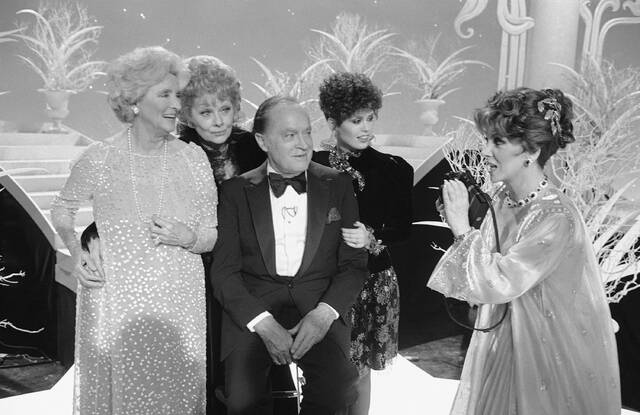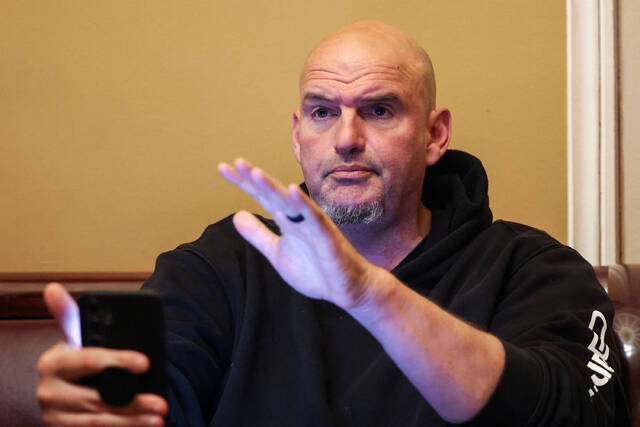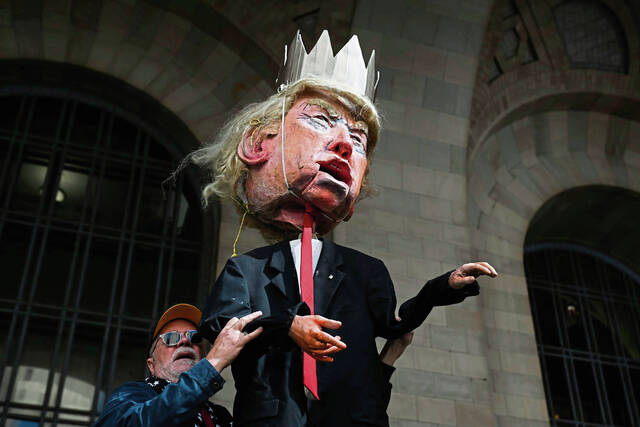My previous dispatch to you, faithful readers, came from far away, in Italy, where I reported on the strangeness of spending July 4 abroad. I mentioned in that column being inspired by the sites and traditions of the old country, including its churches. That thought inspires me again.
I received several emails from readers remarking on my thoughts on the churches of Italy. When they likewise visited Italy — and elsewhere in Europe — they too were blown away by the majesty of these churches. References were made to the churches of France, Germany, Poland. I’ve seen a few of those, too. On our way home, we spent a day in Paris. We saw Notre Dame and other churches.
What especially stands out in Italy is that every town has a church on every corner, each unique if not unhesitatingly beautiful outside and inside. These structures are often filled with believers and non-believers, with even the latter stopping to marvel at the architecture. No one leaves not struck at the thought of how people from, say, the 12th century, could have assembled something so impressive.
I recall the first time I visited St. Peter’s Basilica in Rome. A young man traveling with us suddenly dropped his bags in the middle of the edifice as his arms fell and head rose in awe at what he was witnessing. He’s a non-denominational Christian who belongs to a mega-church that inside resembles a large auditorium with a stage. His mouth agape, I asked if he was OK. He could only mutter, “Why can’t we build churches like this?”
It’s a darn good question.
Of course, in truth, we once did build beautiful churches in America. The common criteria is that they were built prior to about 1930. Most are in big cities, but not exclusively. About a month ago I drove through southern Ohio and into Indiana and was blown away by some of the gorgeous churches I saw in small towns in Midwest farm country.
My wife and I were married at the lovely Heinz Chapel on Pitt’s Oakland campus, right outside the building where we met in 1989. We weren’t Catholic then; otherwise, we would have sought out the stunning St. Paul’s Cathedral across the street. I could single out other examples, such as the splendid basilica on the campus of Saint Vincent College.
What always amazes me about these churches is that they were built at a time when parishioners had little money. Sure, some were financed by wealthy benefactors. But in many cases, the striking interior and exterior were a credit to the folks in the pews who had the skills. There were plenty of craftsmen, stone masons, artists. My previous Presbyterian church in Grove City has lovely stained-glass windows courtesy of local Italian immigrants who attended the Catholic church.
That Catholic church, incidentally, was sold about 20 years ago to a local Protestant denomination when our parish outgrew it. Sadly, our parish built a new Catholic church that, well, isn’t beautiful.
And that brings me to my biggest frustration. We have the ability to build attractive churches. Nearby in Wexford, check out SS. John & Paul Church. It’s gorgeous, with all the modern amenities, including a wonderful Eucharistic chapel underneath. About the time we built our church in Grove City in the 2000s, I attended a newly built church in Leesburg, Va., that practically had me weeping for what might have been in Grove City.
So, to answer my question that titles this column, the reason our churches today are ugly is because we choose to build them that way. It need not be.








